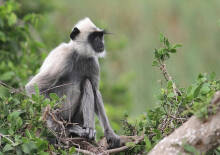
Semnopithecus priam
Semnopithecus priam,Tufted Gray Langur
Tufted Gray Langur (scientific name: Semnopithecus priam) is also known as T···
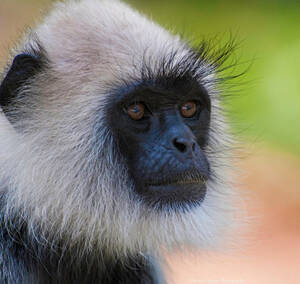
Semnopithecus hector
Semnopithecus hector,Tarai Gray Langur,Talai gray langur, Tarai gray langur, lesser mountain langur, gray langur
Hector's Gray Langur (scientific name: Semnopithecus hector), also known···
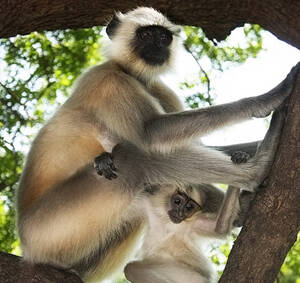
Semnopithecus entellus
Semnopithecus entellus,Northern Plains Gray Langur,Northern Plains Gray Langur, Bengal Long-tailed Langur, Hanuman Langur
Indian Gray Langur (scientific name: Semnopithecus entellus) is called North···

Semnopithecus ajax
Semnopithecus ajax,Kashmir Gray Langur
The specific habits of the Kashmir gray langur (Semnopithecus ajax) are unkn···
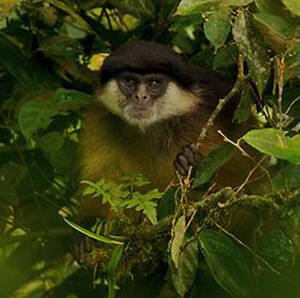
Procolobus verus
Procolobus verus,Olive Colobus,Van Beneden's red colobus, pale green colobus
Olive Colobus (scientific name: Procolobus verus) is the only colobus in the···
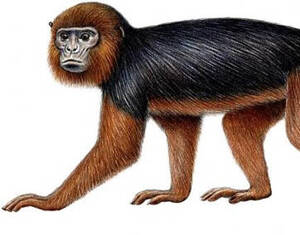
Piliocolobus waldronae
Piliocolobus waldronae,Miss Waldron’s Red Colobus,Miss Wattung's Red Colobus Monkey
Waldron’s Red Colobus (Piliocolobus waldronae) has been a subspecies of the···

Piliocolobus tholloni
Piliocolobus tholloni,Tshuapa Red Colobus, Soler's red colobus
The Tshuapa Red Colobus (scientific name: Piliocolobus tholloni) was once a ···
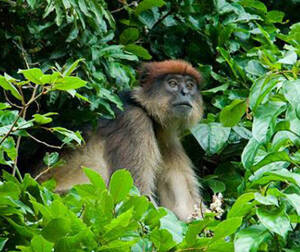
Piliocolobus tephrosceles
Piliocolobus tephrosceles,Uganda Red Colobus,Red colobus monkey Ugandan subspecies
The scientific name of the Ugandan red colobus is Piliocolobus tephrosceles,···
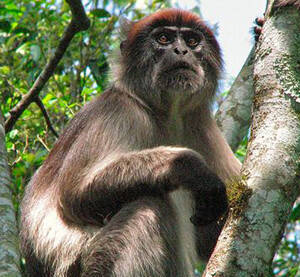
Piliocolobus rufomitratus
Piliocolobus rufomitratus,Eastern Red Colobus,Eastern red colobus, Tana colobus
Tana River Red Colobus (scientific name: Piliocolobus rufomitratus) is calle···
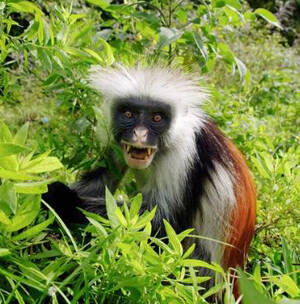
Piliocolobus preussi
Piliocolobus preussi,Preuss’s Red Colobus,Preuss's red colobus
Preuss’s Red Colobus (scientific name: Piliocolobus preussi) is also known ···
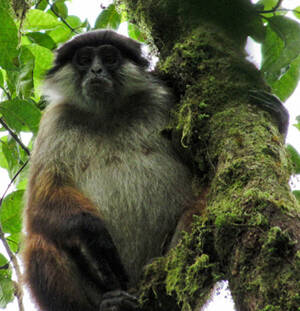
Procolobus pennantii
Procolobus pennantii,Bioko Red Colobus,Oko Red Colobus
Pennant's Red Colobus (scientific name: Procolobus pennantii) is also kn···

Ovibos moschatus
Ovibos moschatus,Muskox、Musk Ox,Musk ox, Arctic musk ox
Musk ox (scientific name: Ovibos moschatus) is also known as Muskox and Musk···
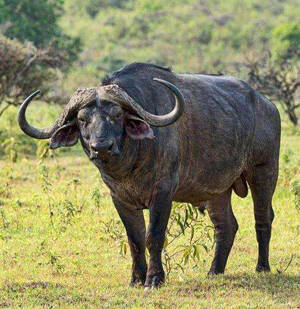
Syncerus caffer
Syncerus caffer, African Buffalo, Buffle d'Afrique,African buffalo, African buffalo
African buffalo (scientific name: Syncerus caffer) is called African Buffalo···

Pan troglodytes
Pan troglodytes,Chimpanzee,gorilla
Chimpanzees (scientific name: Pan troglodytes) are called Chimpanzees in for···
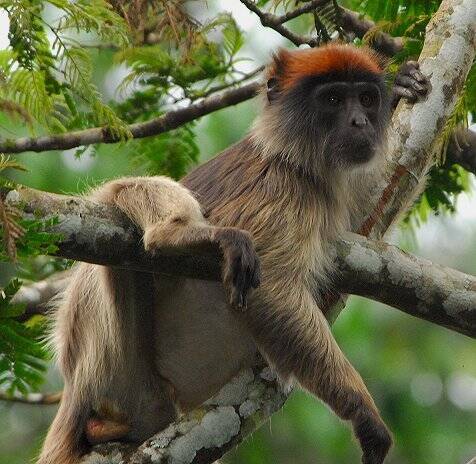
Piliocolobus oustaleti
Piliocolobus oustaleti,Oustalet’s Red Colobus
Oustalet’s Red Colobus (scientific name: Piliocolobus oustaleti), also know···
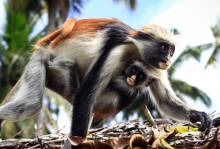
Piliocolobus kirkii
Piliocolobus kirkii,Zanzibar Red Colobus
Zanzibar Red Colobus (scientific name: Piliocolobus kirkii) is called Zanzib···
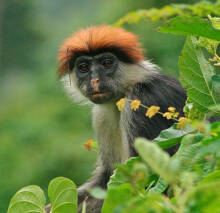
Piliocolobus gordonorum
Piliocolobus gordonorum,Udzungwa Red Colobus
Udzungwa Red Colobus (scientific name: Piliocolobus gordonorum) is called Ud···
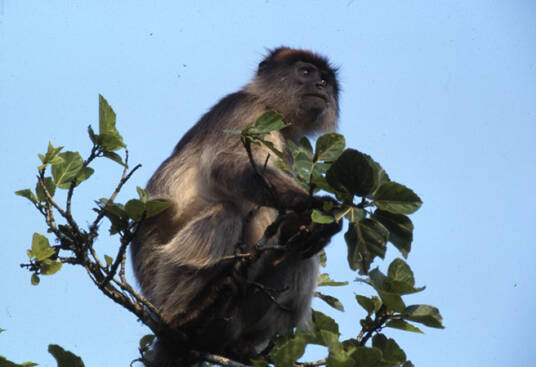
Piliocolobus epieni
Piliocolobus epieni,Niger Delta Red Colobus
The Niger Delta Red Colobus (scientific name: Piliocolobus epieni) was first···
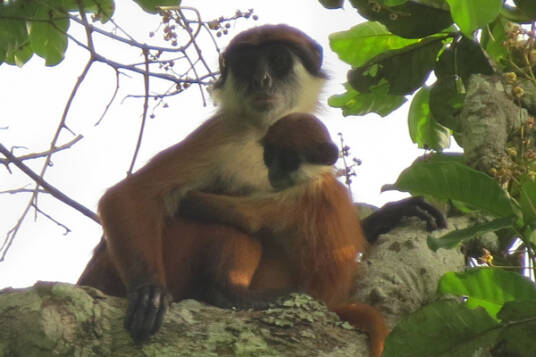
Piliocolobus bouvieri
Piliocolobus bouvieri,Bouvier’s Red Colobus
Bouvier’s Red Colobus (scientific name: Piliocolobus bouvieri), also known ···
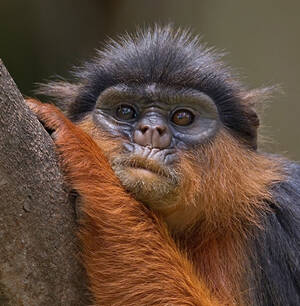
Piliocolobus badius
Piliocolobus badius,Western Red Colobus、Red Colobus,Western red colobus, West African red colobus, Bay colobus, Western red colobus, Red colobus
West African Red Colobus (scientific name: Piliocolobus badius) is also know···
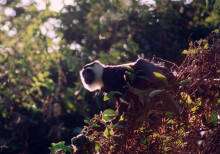
Colobus vellerosus
Colobus vellerosus,White-thighed Colobus、Geoffroy's Black-and-white Colobus,Jervis's black-and-white colobus
Colobus vellerosus (scientific name: White-thighed Colobus, Geoffroy's B···
